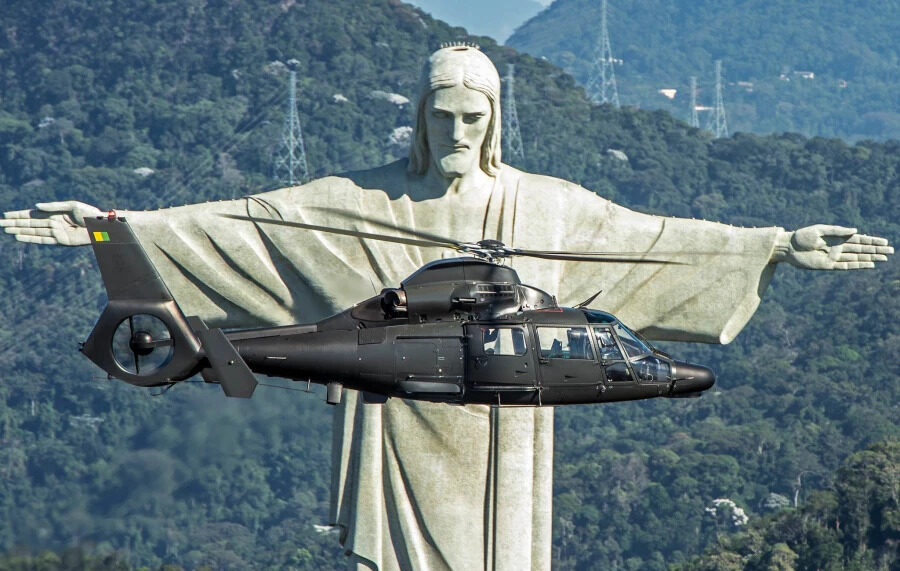The Brazilian Army Aviation Command (Cavex) operates with branches across the country.
The establishment of the Cavex marked a significant milestone in the Brazilian Army’s history, reigniting the military aviation sector.
Over time, the Cavex expanded, adding several Aviation Battalions and key logistics and instruction centers to its repertoire.
The Army prioritized the development of the national helicopter industry through significant orders for Fennec/Esquilo and AS565 Panther helicopters from Helibras.
The first fleet of maneuvering helicopters arrived in 1990, and Cavex expanded its aviation arm over the following years.

Notable moments include the delivery of four Sikorsky UH-60L Black Hawk aircraft for an Ecuador-Peru Military Observation Mission in 1997 and receiving eight Eurocopter AS532UE Cougar models in 2002.
In 2010, the arrival of the Airbus Helicopters H225M Jaguar marked an impressive enhancement in Cavex’s capabilities, making it the largest helicopter in service with the Army.
Further, Cavex initiated a comprehensive modernization process of its fleet in the last decade, focusing on several models, including the HM-1 Panther, HA-1 Esquilo, and the Fennec.
The Army Aviation has been actively involved in various rescue missions, support activities during public calamities, and the transportation of essentials for human survival across the national territory.
In 2017, the Cavex’s importance was acknowledged as included in the Brazilian Army’s Strategic Programs.
In terms of modern firepower, the Siaaih project focuses on enhancing attack and control capabilities, especially during nighttime.
The project incorporates advanced tech such as 3rd Generation Night Vision Goggles and new communication systems that support real-time data transmission.
A significant upgrade includes the 5th generation Spike LR2 air-to-ground missile, providing exceptional capability against a wide range of targets.
To summarize, the Brazilian Army Aviation has significantly developed its aviation capabilities over the years, making substantial strides in modernization and enhancing its rotary-wing aircraft.

